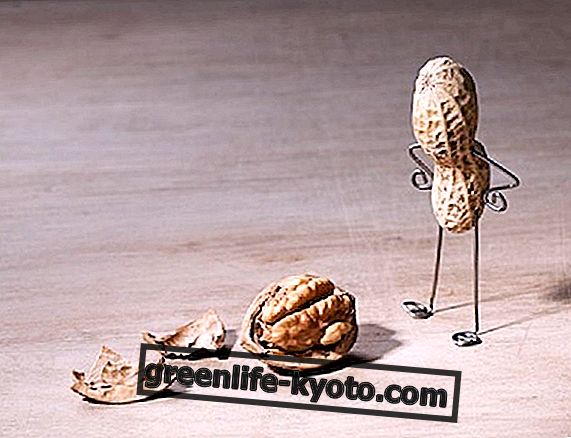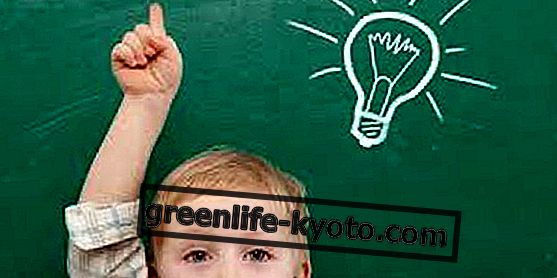
Brazilian Jiu Jitsu, or BJJ, is not just a Brazilian version of Japanese Jiu Jitsu. Let's find out more about this martial art.
Origin of Brazilian Jiu Jitsu
At the beginning of the last century, Japanese immigrants imported the martial arts of the Rising Sun to South America, especially in Brazil, where they also started teaching non-Japanese.
The feature that most differentiates Japanese Jiu Jitsu from Brazilian reflects the characteristics of the two countries: in Japan there is a concept called ippon, a definitive technique that puts an end to the fight because both sides know that if it were applied in a real context it would have led to victory, and this is sportingly and honorably recognized by both; in Brazil, on the other hand, there are no unwritten rules based on an honorable agreement and the so-called malandragem, or the art of getting by, taking advantage of, taking every possible advantage with malice, indispensable for survival in poor, hard and often wild contexts .
Therefore in Brazil the fight does not end with the projection on the ground but continues because the contenders will try with all malice and cunning to continue the fight. Thus the struggle on the ground develops, where they can face each other for a long time trying to gain with talent and intuition a dominant position or a sequence of moves that lead to the submission of the adversary.
The benefits of Brazilian Jiu Jitsu
The benefits of Jiu Jitsu are not only physical, but it is a martial art that develops psychic and emotional management skills. Here in specific what.
Multiple intelligence
It is interesting to analyze the mental benefits of the BJJ from the point of view of multiple intelligence, a concept coined by the psychologist Gardner in the 1980s, thus noting an intellectual increase in various areas of competence in BJJ practitioners.
Linguistic intelligence
It develops because to learn the techniques it is essential to focus on the instructor's explanations, which generally, due to the task he has to perform, must possess an excellent command of language, clear and effective.
Mathematical intelligence
The techniques of BJJ can be described and conceived through schemes, sequences, logical ramifications, therefore the practitioner will develop the ability to group moves for groups and "families" in order to improve their application .
Spatial intelligence
Often in ground fighting we assume intricate, complex, unusual positions and we cannot rely on sight alone to orient ourselves; therefore a superior perception of bodies in space and their dynamic movements is developed, foreseeing the paths and deciding whether to favor or hinder the dynamics.
Interpersonal Intelligence
To progress in the BJJ it is essential to work with different people, talk to them about problems, develop respect and empathy.
Intrapersonal intelligence
After the exercises and the sparring it is normal to focus on one's own weak points to improve, to carry out continuous self-analysis, to review one's own performance, while discovering the futility of comparing oneself with others.
Kinesthetic body intelligence
The BJJ is a demanding sport whose practice allows the body to develop different types of dexterity, to know how to exploit weaknesses to their advantage, to improve athletically and to pursue with each single move multiple objectives, such as an attack and a defense, just like chess.
Memory
In BJJ the moves and combinations are almost endless and to remember them all in stressful situations it is important to develop an iron memory .
Strategic skills
By fighting we will discover on their own skin that strategic skills are often more important than strength ; therefore intuition, creativity, timing and ability to mislead the adversary are some of the skills we will develop most.
Management of frustrations
We will learn that frustrations are a sign of growth and need to change perspective, they testify that we are on the way, in evolution, and can push us to take the right steps if we know how to take them positively as motivational sensations instead of making us debase and depress: " a black belt is a white belt that never gives up . "
Discover the benefits of grappling and the wrestling arts
Images | en.wikipedia.org












